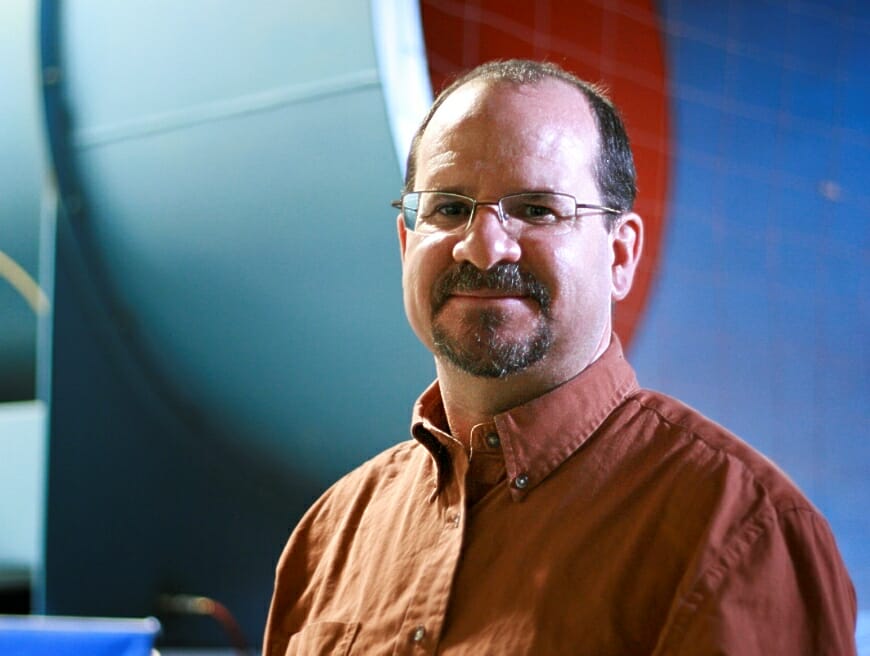News
John Carter to Speak in Singapore

The Sustainable Energy Association of Singapore (SEAS: www. seas.org.sg) is presenting the Sustainable Laboratories Conference on 29-30 October 2014. During the conference, CPP Vice President John Carter will give the talk, “Designing and Operating Lab Exhaust Systems to Save Energy.”
A typical laboratory consumes up to 10 times the energy per square foot of an office building, while specialized laboratories may consume up to 100 times more energy. The ventilation system (the outside supply, conditioning and exhaust) uses a high percentage of this energy, often up to 80%. Energy saving strategies often overlook the exhaust system, even though it accounts for about 30% of the laboratory building’s total energy consumption.
Traditionally, laboratory exhaust systems are designed to operate at full load conditions 24 hours a day, 365 days a year—a constant volume (CV) exhaust. Full load often meant the minimum flows to achieve acceptable air quality, which in some cases could be significantly greater than the ventilation requirement, particularly for short stacks. Also, these full-load settings were based on the worst-case wind condition, which typically occurs only for a small fraction of total hours each year, and the assumption that the exhaust always contains the worst-case contaminants.
John Carter’s talk will discuss three strategies that can be used, in part or in whole, during the design of a new laboratory or renovation of an existing laboratory: Strategy 1 – passive variable air volume (VAV) exhaust; Strategy 2 – wind-responsive VAV; Strategy 3 – chemical monitoring VAV. These strategies can reduce the energy consumption of the exhaust system by about 50% compared to a typical CV system, which equates to a 15% reduction in the laboratory’s total energy use. Case study results will be presented.
Learning objectives for this talk:
- Identify which exhaust systems can provide the most energy savings
- Evaluate the need for wind-responsive VAV
- Evaluate the need for active VAV with chemical monitoring
- Determine an appropriate strategy for saving fan energy costs
About the speaker
John Carter is Vice President of Air Quality Services at CPP, Inc. He has more than 15 years of experience performing physical and mathematical modeling and analyses to improve exhaust and intake performance.
